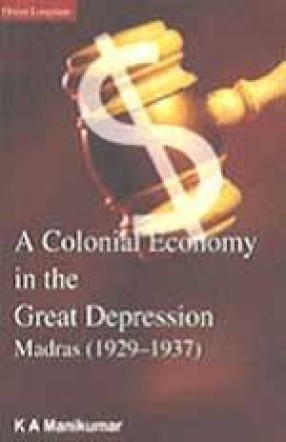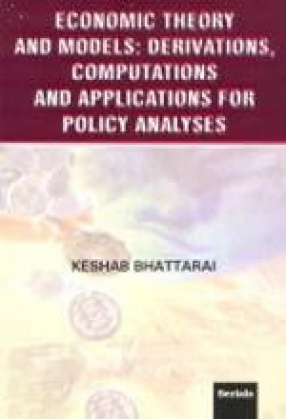The historical frequency of baking crises is quite similar in high- and middle-to-low-income countries, with quantitative and qualitative parallels in both the run-ups and the aftermath. We establish these regularities using a unique dataset spanning from Denmark's financial panic during the Napoleonic War to the ongoing global financial crisis sparked by subprime mortgage defaults in the United states. Banking crises dramatically weaken fiscal positions in both groups, with government revenues invariably contracting, and fiscal expenditures often expanding sharply. There years after a financial crisis central government debt increases, on average, by about 86 percent. Thus the fiscal burden of banking crisis extends far beyond the commonly cited cost of the bailouts. Our new dataset includes housing price data for emerging markets; these allow us to show that the real estate price cycles around banking crises are similar in duration and amplitude to those in advanced economies, with the busts averaging four to six years. Corroborating earlier work, we find that systemic banking crises are typically preceded by asset price bubbles, large capital inflows and credit booms, in rich and poor countries alike.
Banking Crisis in Historical Prespective
In stock
Free & Quick Delivery Worldwide
reviews
Bibliographic information
Title
Banking Crisis in Historical Prespective
Author
Edition
1st ed.
Publisher
ALP Books, 2009
ISBN
9788190851800
Length
iv+173p., Tables; 22cm.
Subjects





There are no reviews yet.